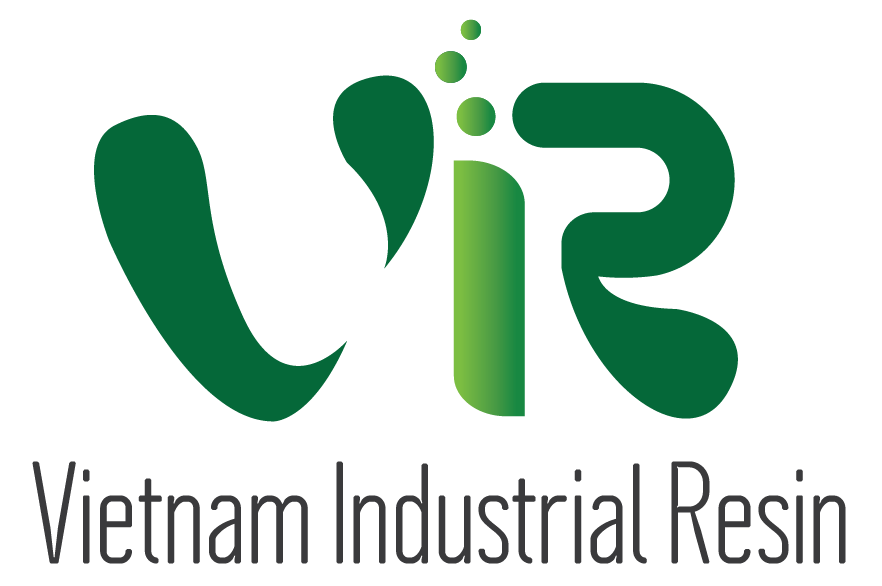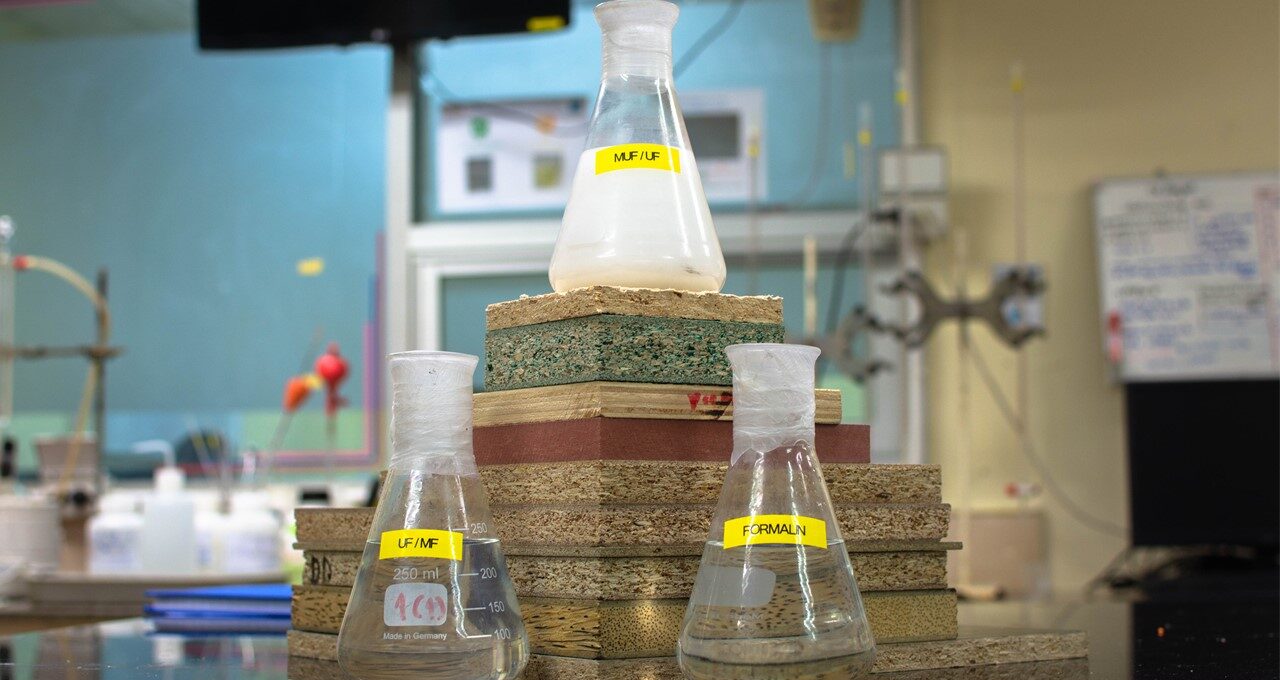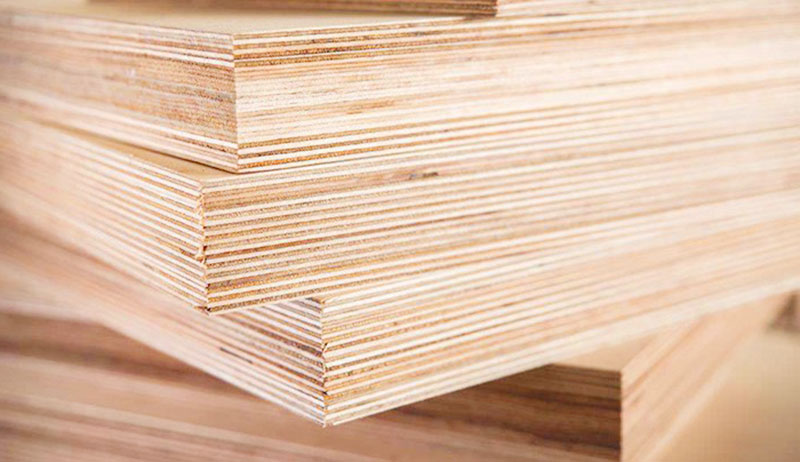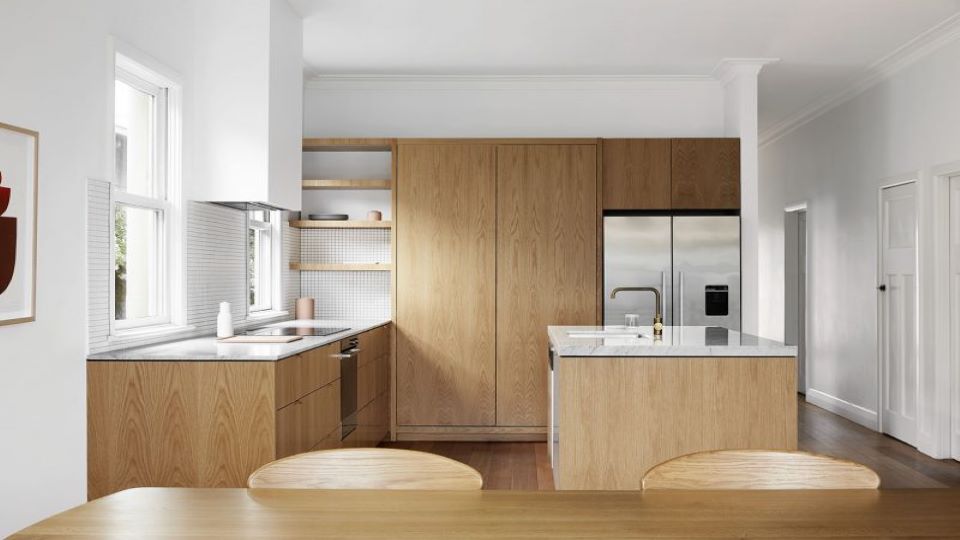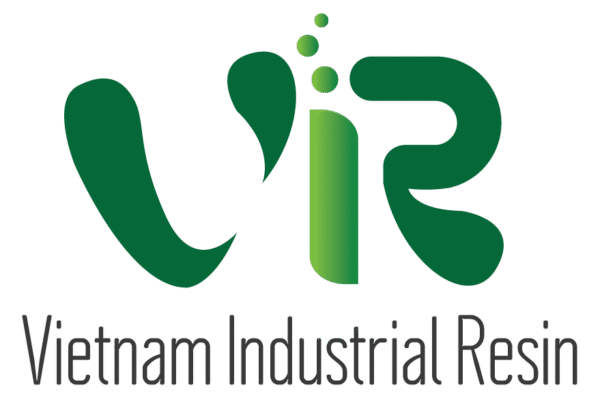With a wide range of options on the market, from PUR, UF to Phenolic glue, understanding the uses and applications in plywood, as well as the risks from formaldehyde in industrial wood in the glue will help you choose the right type of glue that is suitable, effective and sustainable. Let’s find out more with Keo Viet Nam in the article below.
Introduction to specialized wood glue – Why should you use this type of glue?
Currently, in the industrial wood manufacturing industry in general and plywood in particular, creating a quality product not only depends on the input materials, but also requires choosing the right type of bonding glue.
What is specialized wood glue?
Specialized wood glue is a type of glue specifically designed for bonding wood materials, especially industrial wood such as MDF, HDF, or plywood. Unlike conventional, multi-purpose glues, specialized glues have high adhesion, good resistance to force and long-term stability in changing environmental conditions.
Distinguishing conventional wood glue and specialized wood glue
Regular glue is only suitable for small jobs that do not require high technical skills. Meanwhile, specialized wood glue is optimized for each type of material, can withstand force, is moisture-resistant and is especially suitable for modern industrial production lines. The difference lies in the load-bearing capacity, bond life and safety for long-term use.
Classification of specialized wood glues and advantages of each type
There are many types of wood glue on the market today, each type will be suitable for different types of materials. Below are some popular glues trusted by manufacturers:
1. PUR Glue (Polyurethane Reactive)
→ Suitable for: automatic edge banding, large-scale industrial construction
PUR glue is considered a high-end glue with extremely strong adhesion, good water resistance, heat resistance and complete curing after exposure to air. Therefore, PUR glue is suitable for many different climates.
Advantages:
- Very high adhesion, no peeling edges
- Has good moisture and heat resistance
- With the main ingredient being Polyvinyl Acetate plastic, it does not contain formaldehyde
- Flexible with many types of industrial wood surfaces
2. UF Glue (Urea Formaldehyde)
→ Suitable for: Industrial board production (Plywood, MDF, HDF)
UF glue is a very popular glue in the industrial wood industry due to its low cost and ease of use. The main ingredient of UF glue is Monomer, a substance that can form solid Polymer in an acidic environment and has very high bonding properties.
Advantages:
- Lower cost than other types of glue, easy to mix and use
- High adhesion when heat-pressed
- Easy to handle and apply in industry
3. Melamine or MUF (Melamine-Urea-Formaldehyde) glue
→ Suitable for: High-end industrial wood panels, requiring high durability
MUF glue is a modified glue of UF glue (a hybrid of UF and Melamine), with higher durability than pure UF. Often used in the production of high-end plywood or heat-resistant industrial wood. If the glue meets E1 standards, it can still be used for civil interiors.
Advantages:
- High hardness, good durability, better heat resistance than UF
- Not too high cost
- Suitable for industrial plywood with high requirements
4. Phenolic Glue (Phenol Formaldehyde)
→ Suitable for: Waterproof plywood, outdoor furniture, industrial wood flooring
Phenolic Glue, also known as Phenol Formaldehyde, is a thermosetting glue that is extremely water and heat resistant. This is a type of glue commonly used in the production of film-faced plywood – a type of water-resistant industrial wood used in outdoor projects, concrete formwork, truck floors, bathroom floors, etc.
Advantages:
- Good water resistance in humid and wet environments
- High heat resistance, no deformation in harsh conditions
- Good adhesion and high stability
Should use specialized wood glue Which type of plywood is suitable for plywood?
Plywood is one of the most widely used industrial wood materials today in interior and construction thanks to its good load-bearing capacity, no warping and easy processing. However, to maximize the durability and longevity of plywood, the key factor that cannot be ignored is choosing the right type of glue.
Types of specialized wood glue suitable for plywood
Not all types of glue are suitable for the multi-layer structure of plywood. Below are the types of industrial wood glue that are recommended for plywood:
- UF glue (Urea Formaldehyde): This is the most popular glue in plywood production thanks to its low cost and good adhesion when hot pressed. However, UF has a high formaldehyde content, so it is only suitable for boards used in dry conditions such as home interiors (if it meets E1 standards).
- MUF glue (Melamine Urea Formaldehyde): A more advanced variant of UF – combined with melamine to improve durability, water resistance and reduce emissions. Suitable for the production of plywood for interior use requiring long-term stability and exposure to moderate humidity.
- Phenol Formaldehyde Glue (PF): Is the highest quality choice in the plywood adhesive group. PF has excellent water resistance, heat resistance and chemical resistance, making it ideal for film-coated plywood used in construction, outdoor flooring, or structural applications. Plywood using PF glue usually has a characteristic dark brown color.
Advantages of using the right glue for plywood
Choosing the right glue for plywood in the production process brings many benefits:
- Ensure stable bonding between veneer layers, avoiding separation after a period of use.
- Customize the features of plywood according to each need: water resistance, anti-warping, anti-termite.
- Increase product life in specific environmental conditions (indoors, outdoors, construction …).
- Reduce toxic emissions if using glue that meets E1/E0 standards or PF that has been treated reason.
For PUR and Epoxy glues, they are rarely used in the initial plywood production process, but often appear in finished products or special applications such as surface coating and edge gluing after production.
